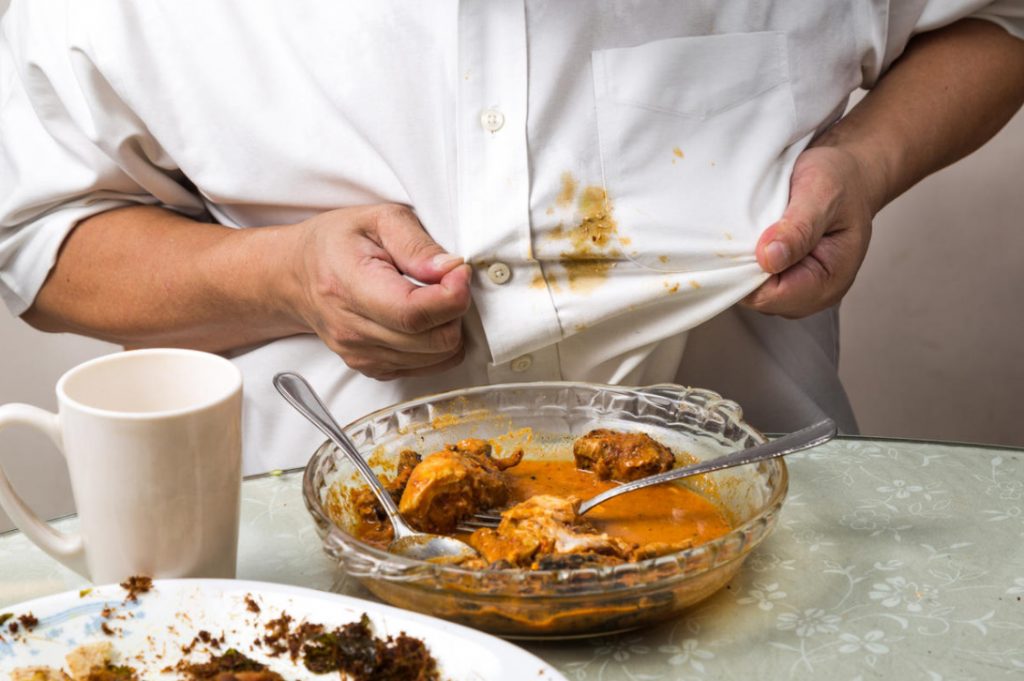No one is immune from stains, and not always the vaunted purchased powders and sprays cope with the task, and sometimes they are simply not at hand. Dry cleaning? Not everyone has it nearby, and services can cost more than the thing that needs to be saved. Then folk methods and improvised means come to the rescue.
I can’t say that my family is all sloppy, but from time to time someone will spill tea, or get cherry juice or tomato juice on their clothes. Well, in the kitchen, you know, it is difficult to protect yourself from them at all. I decided to find out how to remove the dirt that most often spoils our clothes. There are many ways on the Internet! Some have already been tested in practice, others I judge from the words of the authors. I hope you can help clarify this: what will really help to get rid of the stain, and which method is better and not to try-it will still not be useful.
Almost universal tool
I admit that I almost do not use stain removers, because almost any contamination can be washed off with ordinary household soap. The main thing is not to let the stain grow old, then it will take much less effort to eliminate it and failure is practically excluded.
Fresh traces of blood are easy to wash off in cold water: you may have to lather, rub well and rinse the affected thing several times, but you will certainly not need anything other than water, soap and your hands.
Traces of sweat and deodorant for household soap are also not a problem. Especially resistant ones can be soaked for several hours, properly soaping the problem areas, and then washed by hand. For white things, I have a firm rule: before they go to the car, I wash them by hand. None of the powders and gels (and I tried a lot of brands, including expensive ones) didn’t remove the sweat stains completely.
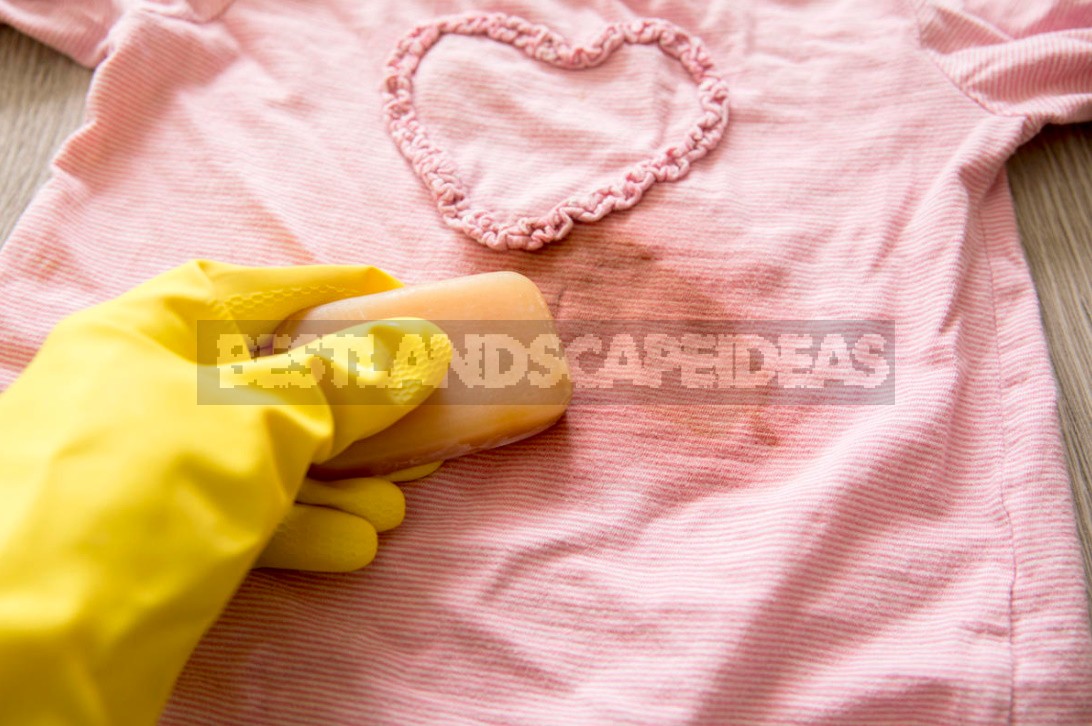
Vinegar also helps out. With his help, it was possible to reduce a huge blob of black mulberry without a trace: a ripe berry plopped from a great height and simply flattened against the shoulder. It was a good thing that it was not far from home, so I started saving my clothes just a few minutes later. Surprisingly, the dark purple spot was disappearing right before my eyes! Also, vinegar will cope with cherry juice, checked. One day, after playing pranks, my daughter sat down with her ass in a bucket with cherries, which I collected for harvesting. The stain on the sundress turned out to be an impressive size, but the vinegar did not disappoint. And I did not immediately save the dress, first I had to wash the child. I think that vinegar will cope with most fruit and berry stains, but there is no personal experience, so I can only assume.
General rules for removing stains with improvised means
The sooner you start fighting the spot, the better your chances of success. Ideally-immediately after its appearance.
If you have soiled your clothes, be sure to look at the recommendations for the care of the product on the label — some modern fabrics can not be washed. First, remove the maximum amount of dirt, preferably under running water, so as not to rub it into the fabric.
In the first step, always use cold water, unless the method provides otherwise.
On colored fabrics, try the cleaning agent on inconspicuous areas: solutions of alkali or acid can lighten the paint. Sometimes it is better to leave a small soft spot (if the color is mottled, you will not always notice it) than to spoil the thing — the bleached area will definitely catch your eye.
Try folk methods before washing with powder or using factory stain removers, after that it will be useless.
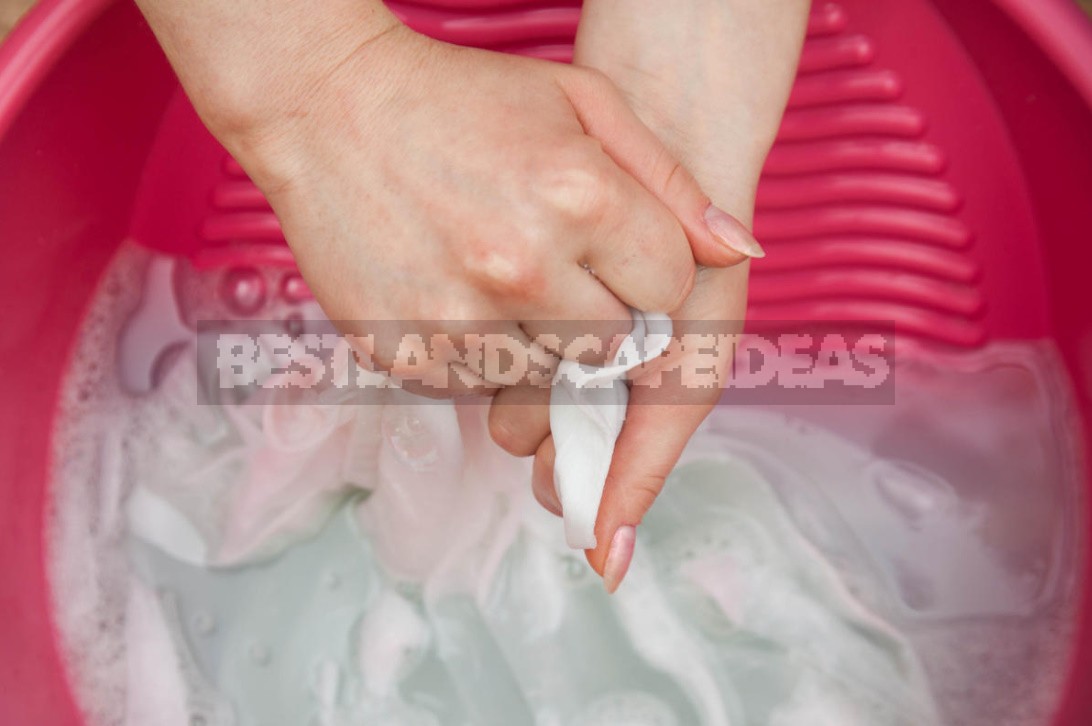
It seems to have taken everything into account, but if you missed something, please complete me, okay? And we move on to concrete examples.
Red wine
According to the author of the recommendations, the methods of 100% will help to get rid of the stain, but on one condition: the wine must be natural, without artificial colors.
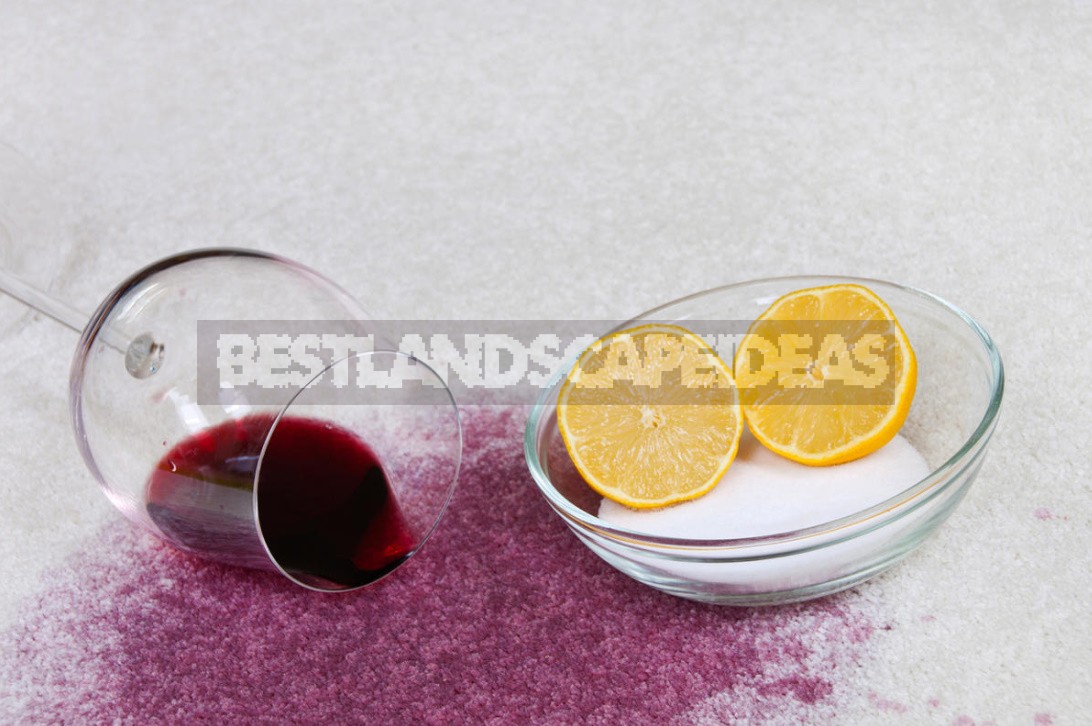
Let’s start with synthetic fabrics, as they are becoming more and more: mix in equal proportions egg yolk and glycerin, apply to the stain on the front and back sides, leave for 7-10 hours. Then wash in warm water with household soap. If the stain is not completely gone, repeat.
For things made of natural wool or silk, use a mixture of wine vinegar and glycerin (1:1), apply with blotting movements (do not rub), then wash as usual.
To remove the wine stain from cotton or linen, curdled milk will help: generously cover the stain, rub it with your hands (as when washing), rinse it out. If it doesn’t work, repeat the procedure again. Then wash with household soap.
Tea
First, you need to rinse the thing in cold water, manually rubbing the stains as when washing, and wring out at the highest speed. Then squeeze the lemon juice into a cup and soak the affected area. After 5-10 minutes, you can already wash it.
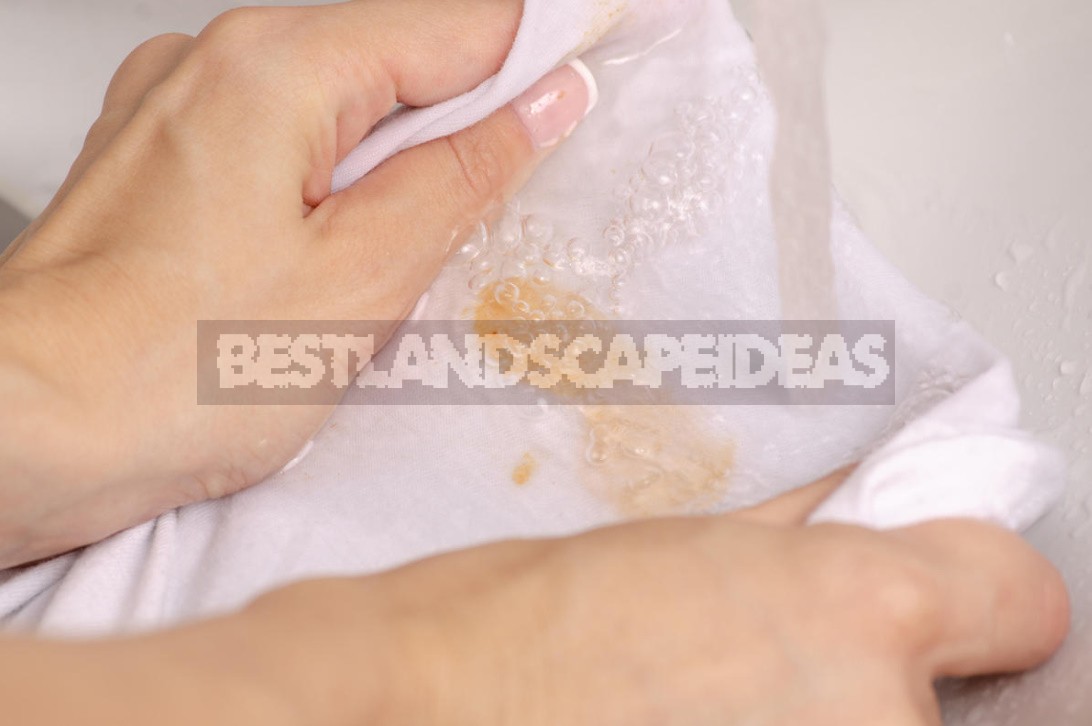
Coffee
Rinse the item in cold water, squeeze well. Mix salt with glycerin until a liquid paste is obtained, apply to the stain. Wait an hour and a half, wash the affected clothes in warm water with household soap. If the stain is still clearly visible, repeat the procedure, but this time leave the gruel longer — for 5-6 hours.
Grass
I could not find any methods that would help to completely get rid of the stain.

But there is one that is worth paying attention to: soak the soiled thing in a strong saline solution for 40-60 minutes. Wash as usual. The spot will pale considerably, but it will not disappear. Do not worry, the withdrawal process is not yet complete! Dry the thing in the sun: under its rays, the traces of grass will disappear, if not completely, then they will become almost invisible!
Strawberries
The easiest and most accessible way for everyone is to spill a fresh spot with boiling water. After a normal wash, there will be no trace of contamination. According to the author, the method is universal-it is suitable for removing the juice of any berries.
Tomatoes
Remove stains from a fresh ripe tomato will help unripe: rinse the contaminated area under a stream of running water and squeeze the juice of a green tomato on it. Wait for 10-15 minutes, rinse again. These measures are usually sufficient. If there are no green tomatoes at hand, use lemon juice or table vinegar (9%).

If the stain was left by tomato compounds (ketchups, sauces, soups, and so on), you first need to remove the excess of unintentional joy (it is best to just shake it off). Then wash the stain under running water, alternately from the front and the wrong side. It is advisable to open the tap at full power, so that the jet would knock out the ketchup (or whatever it was on your blouse or tablecloth) from the fabric.
Then you need to neutralize the action of the base-fat or oil. Dilute soda or mustard to a state of liquid mush and apply it to the stain, you can even rub a little into the fabric so that the composition is not only on the surface, but also between the fibers. After 15-20 minutes, rinse and thoroughly soak the remaining stains with lemon juice or vinegar. Wait another quarter of an hour and wash off the bleach with ordinary water. If a greasy spot still remains, repeat the procedure again, but dilute the mustard or soda in hot water.
Mayonnaise
The easiest way is to apply toothpaste to the stain and leave it for an hour and a half. Then wash as usual. The author of the method assures that the fat mark will disappear completely. Is it really that simple? If anyone has tried this method, please share the results, very interesting!

There are many positive reviews about this method: mix water, ammonia and table salt (3:1:1), apply the composition to the stain, leave for 1-2 hours, rinse under running water and wash with household soap in hot water.
Vegetable oil
Unfortunately, I could not find any effective method, although I read dozens of them — from quite reasonable to frankly useless.
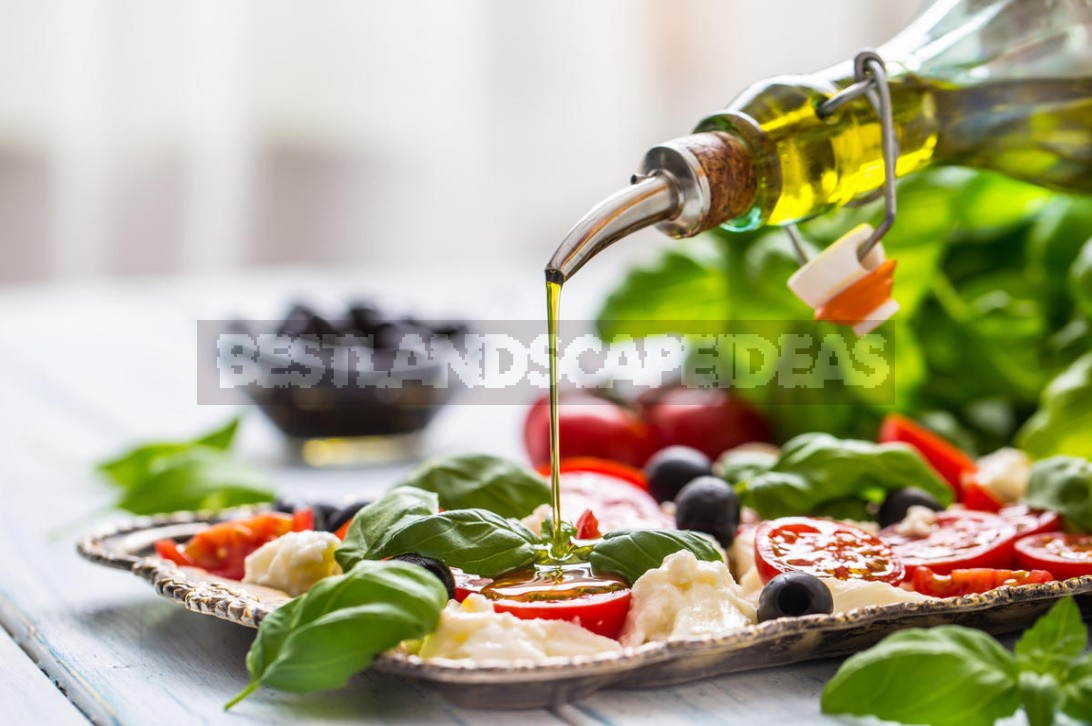
A pity: recently, a splash of sunflower oil got on your favorite home T-shirt, and it was not possible to remove them. Now I will tell you what was tried: sprinkling with salt and subsequent washing with household soap-the stains resisted. Ammonia (pure, not diluted in half with water), brought to tears, but the oil again did not give in. Desperate to cope with the stubborn folk remedies, I took from a neighbor a little of the vaunted dish detergent, which copes with fat even in cold water. Yes, yes, it was Fairy. I had high hopes for him, which were never to be fulfilled. The stains remained, plus the T-shirt acquired a persistent smell of the product, which I can not stand!
The loss of one thing for the house will not deprive me of peace, and what if it were a festive dress or a tablecloth? In general, the problem remains and needs to be solved. There is no time or desire to test all the methods described in the Network (some, again, are outright nonsense!), so I decided to ask you for help. Surely someone has already managed to get rid of the persistent oil stains, before which I was powerless.
I am also waiting for your opinion on any of the described methods. Well, if you share your own experience, it will be generally wonderful!
